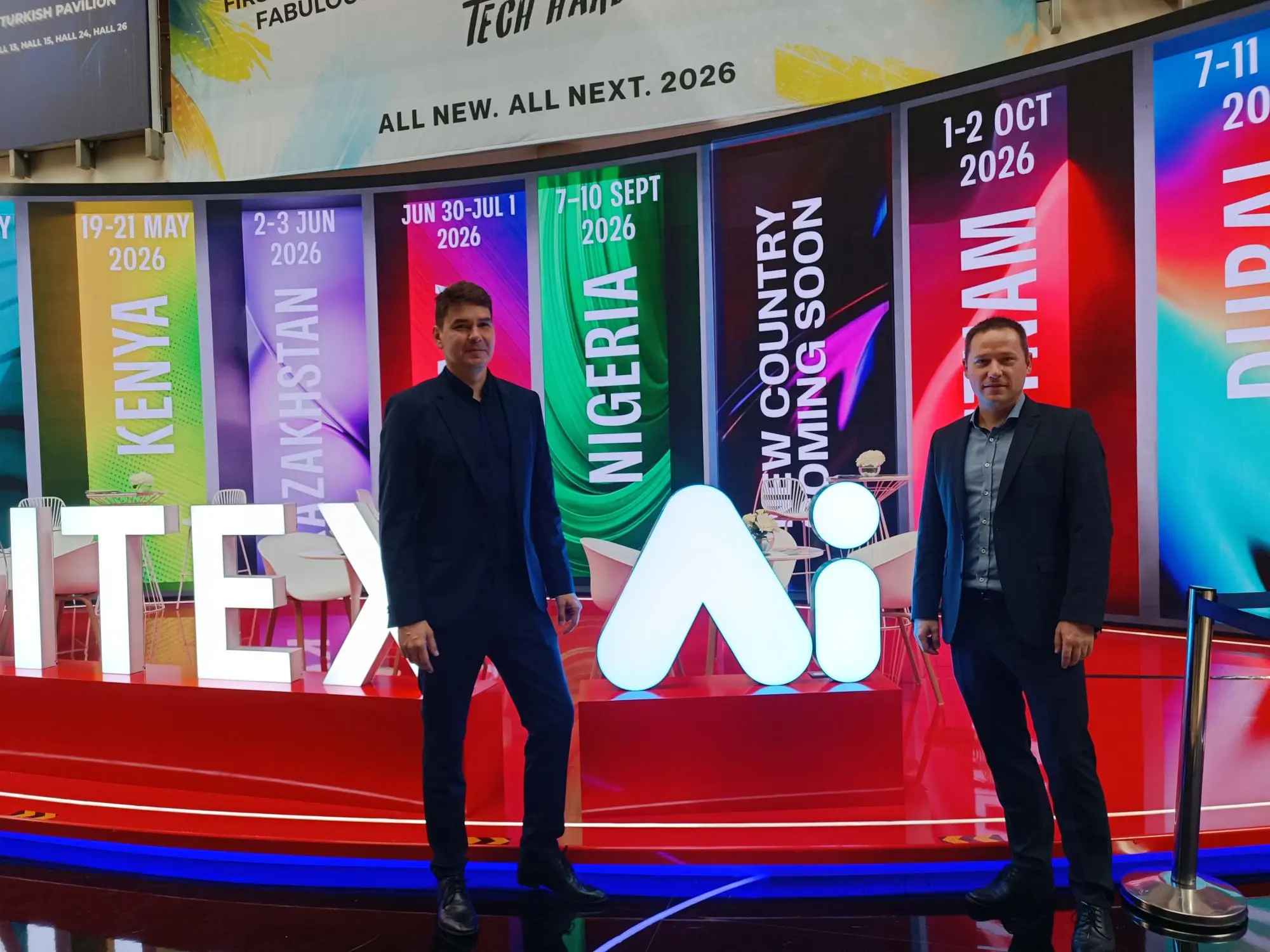AI in Retail #5: Exploring UI Interactions with Browser Use
In our ongoing exploration of Artificial Intelligence in the retail sector, we’ve seen AI’s impact evolve from data processing and product planning to hands-on application development. In this latest video, we explore a rapidly emerging frontier: AI agents interacting directly with existing software interfaces.
For this test, we turned to Browser Use, a cutting-edge AI startup building tools that let large language models operate as autonomous agents inside the browser. These agents don’t just observe interfaces—they interact with them.
Disclaimer
All vendors and AI tools shared in our video are unaffiliated with QBCS and are independent brands and trademarks owned by their respective owners.
Our experiences shared in this video are not intended to endorse, promote or otherwise represent in any way those vendors and trademarks, our experiences and impressions are shared freely, and strictly as our own, and are based on our experience with those tools and solutions as shown in our video
Watch the Full Video: UI Interactions in Action
By leveraging Browser Use, we’re bridging the gap between abstract requirements and live user experience. AI isn’t just a tool for planning; it’s becoming a co-pilot for product development, helping teams visualize, test, and refine their applications before a single line of production code is written.
For QBCS and our clients, this means accelerating innovation and reducing risk. Whether it’s optimizing an e-commerce checkout flow or ensuring intuitive navigation in a supplier portal, AI now plays a hands-on role in shaping the end-user experience.
Why AI Agents for UI Interactions Matter
Traditionally, interacting with enterprise and retail applications—whether it’s Amazon’s ordering system or Oracle’s enterprise tools—requires human users to perform repetitive, manual tasks. Testing these workflows for usability, speed, or even just task completion can be time-consuming.
But what if we could simulate that interaction with an AI agent?
In this video, we put Browser Use’s agent technology to the test. The goal: assess how well an AI can navigate real-world software interfaces, complete common workflows, and surface issues or inefficiencies—all without code or manual scripting.
Simulating Real User Behavior with AI
Through Browser Use, AI agents can perform actions like clicking buttons, filling out forms, or navigating product catalogs—just as a human would. This isn’t about static mockups; it’s about real-time, context-aware interaction.
In our video demo, we walk through an AI-powered session where the model explores a retail web interface. It evaluates the usability of navigation elements, mimics decision-making pathways of shoppers, and even flags areas where user experience can be improved.
For retailers, this opens up opportunities to:
- Validate UX designs earlier in the dev cycle
- Simulate different user personas and behaviors
- Perform AI-driven exploratory testing
- Optimize user flows based on AI feedback
A New Interface Paradigm
As AI continues to evolve, its role in retail and enterprise technology is expanding beyond data analysis and content generation into active system interaction. With the ability to navigate user interfaces, complete workflows, and simulate human behavior, AI agents are emerging as a powerful tool for testing, training, and even daily operations.
This shift represents more than just a technical upgrade—it’s a rethinking of how software can be experienced, optimized, and evolved. By allowing AI to engage directly with the tools we already use, businesses gain a new layer of insight and automation without needing to rebuild from scratch.
For retail teams, this means faster iteration, smarter QA, and the ability to identify friction points before they impact customers. For enterprise platforms, it opens the door to scalable process simulation and intelligent task execution.
As we continue to explore the frontiers of AI in retail, one thing is clear: AI agents are not just observers—they’re becoming active participants in the digital workflows that drive modern business.
Stay tuned as we dive deeper into these capabilities in our next post.





